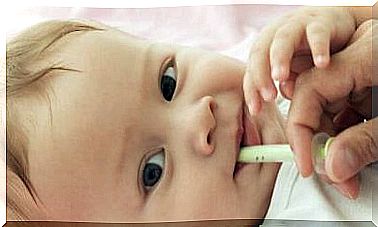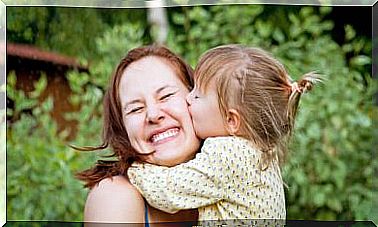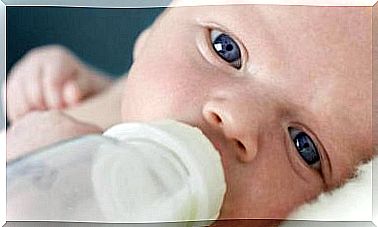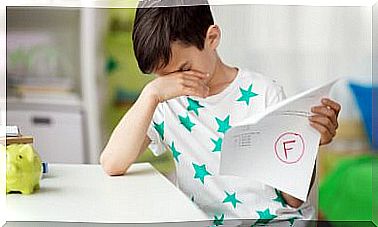What Is Reactive Attachment Disorder?

Are you familiar with Reactive Attachment Disorder? It is diagnosed in children who present a deeply altered pattern of social relationships ; These are children who are excessively inhibited or, on the contrary, who act with excessive familiarity with strangers, with ambivalence, contradictory behaviors, etc. This altered pattern appears before 5 years of age.
One of its causes is an upbringing that has not taken into account the emotional and physical needs of the child. We also find, among its causes, repeated changes in primary caregivers (which make stable relationships difficult), lack of stimulation, social abandonment, etc.
What is Reactive Attachment Disorder?
Reactive Attachment Disorder is a childhood-onset disorder characterized by a pattern of highly disturbed social relationships inappropriate for the child’s developmental level. This pattern occurs in most contexts and in relationships started before the age of 5. Two characteristic symptoms appear: difficulties in social interactions and diffuse bonds.
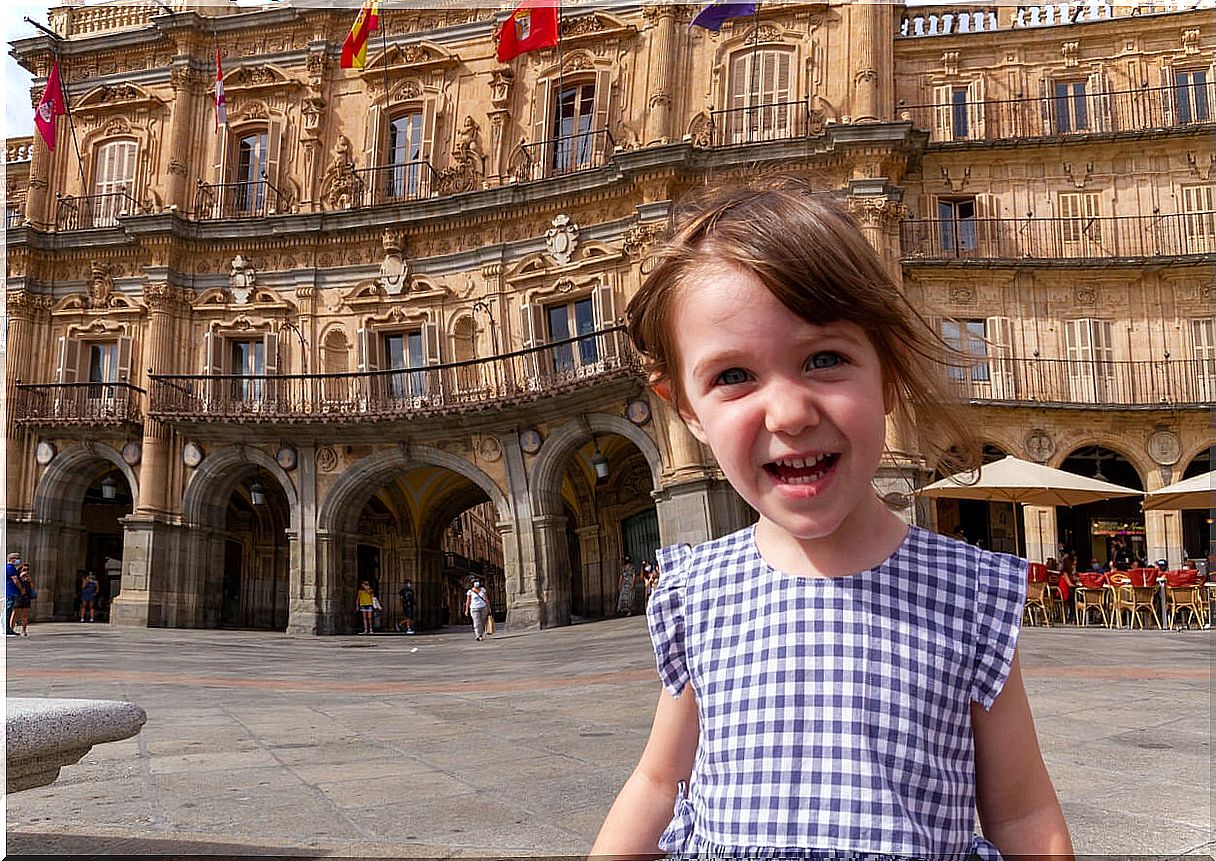
Difficulties in social interactions
The first symptom of reactive attachment disorder is a persistent inability in the child to initiate most social interactions or to respond to them in a developmentally appropriate way. This disability manifests itself through the appearance of excessively inhibited, hypervigilant, ambivalent or contradictory responses.
Fuzzy links
Another of the symptoms of this childhood-onset disorder are the diffuse bonds that the child maintains with others and that are manifested through indiscriminate sociability. Thus, there appears a marked inability to manifest appropriate selective links. The child seems not to “discriminate” when selecting or establishing links with other people.
Other features
Beyond the symptoms mentioned, it is important to know that reactive attachment disorder is not better explained by a developmental delay and that it is not a generalized developmental disorder (autism, Rett syndrome …). However, reactive attachment disorder can be diagnosed with an intellectual disability.
Type of parenting
Pathological parenting is the cause of this disorder. Thus, to diagnose a reactive bonding disorder, the child’s upbringing must meet at least one of the following characteristics:
- Inattention of basic emotional needs.
- Repeated changes in primary caregivers, preventing stable ties.
- Neglect of physical needs.
This upbringing is the one that would originate the altered and inadequate social relations in the child.
Types of Reactive Attachment Disorder
The DSM-IV (Diagnostic and Statistical Manual of Mental Disorders) establishes two types of reactive attachment disorder according to their characteristics:
Inhibited type (reactive)
The child shows an inability to initiate appropriate interactions, in addition to excessive inhibition, hypervigilance, or highly ambivalent and contradictory relationships. This type of relationship is more evident in moments of separation and reunion.
Disinhibited type (uninhibited)
The second type of disorder is uninhibited. It is characterized by a pattern of fuzzy links and by a great inability to manifest appropriate selective linkages.
The child also shows an exaggerated familiarity with strangers, which is manifested through “clingy” behaviors. Superficial relationships and frequent calls for attention from the child may also appear.
Changes in diagnostic manuals
It is important to comment on the changes that this disorder has undergone in the reference diagnostic manuals. Thus, reactive attachment disorder, included in the DSM-IV-TR as such, undergoes some changes in the new edition of the manual (DSM-5).

While in DSM-IV-TR this disorder could be of two types (inhibited-reactive and disinhibited), these two subtypes become two independent diagnostic categories in DSM-5:
- Reactive Attachment Disorder (the old reactive subtype).
- Disinhibited Social Relationship Disorder (the old Disinhibited subtype).
In order to be diagnosed with either of these two types of DSM-5 disorders, a child must be at least 9 months old. The alteration becomes evident before 5 years of age.
Treatment of reactive attachment disorder
The treatment of this disorder will prioritize the change in the child’s upbringing urgently. That is, a positive and respectful parenting will be promoted ; However, if the neglect has been serious or abuse has appeared, the case must be reported and the parents may lose custody of the child.
In the cases in which it is possible to work with the family, it will work through psychoeducation, behavior modification techniques, etc., so that parents can begin to exercise a respectful upbringing that encourages the child’s positive development . Beyond working with the parents, it will also work with the child so that he can develop appropriate social relationships according to his developmental level.
That is why aspects such as self-esteem, self-concept, social skills, validation of emotions, autonomy, attachment, etc. will take on special relevance here.

